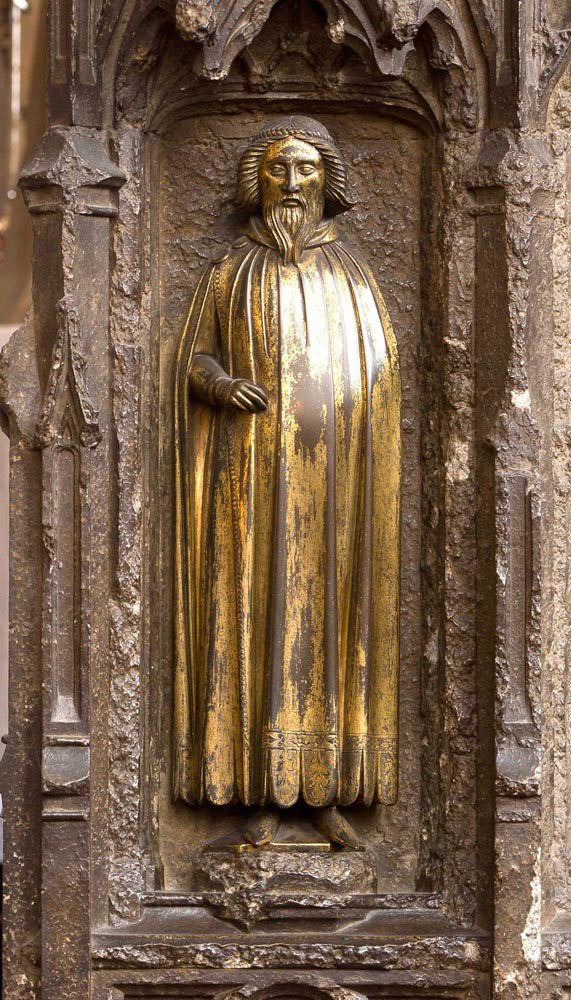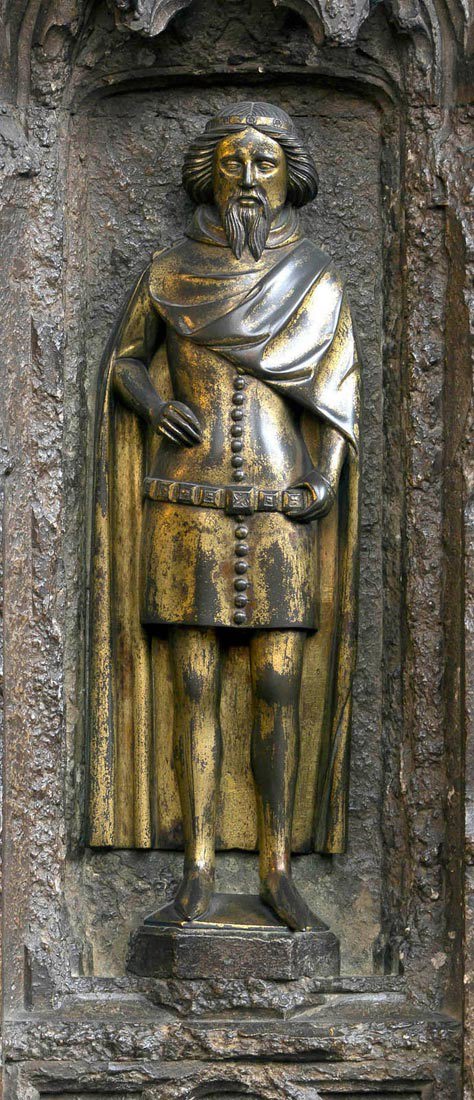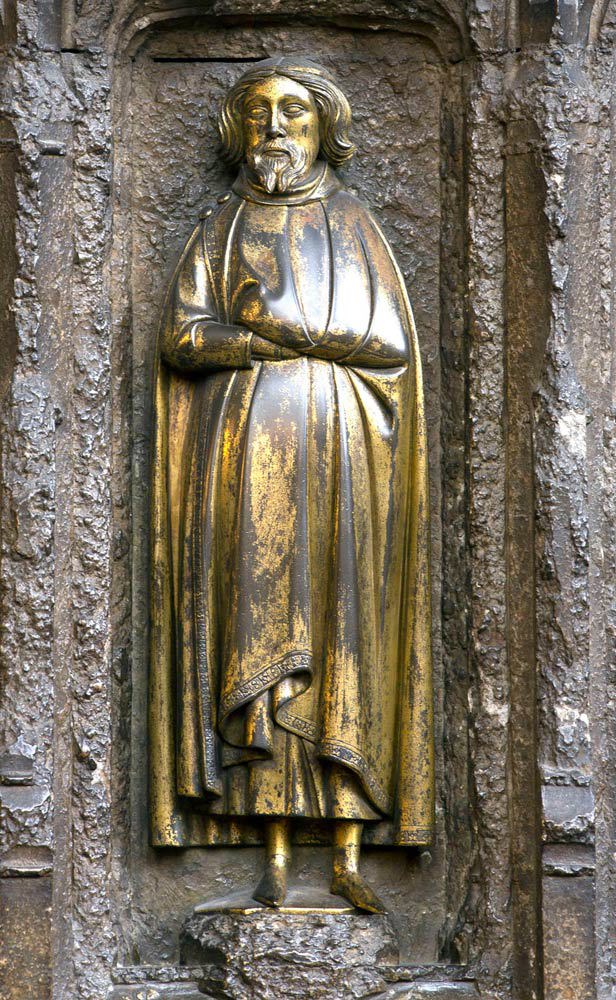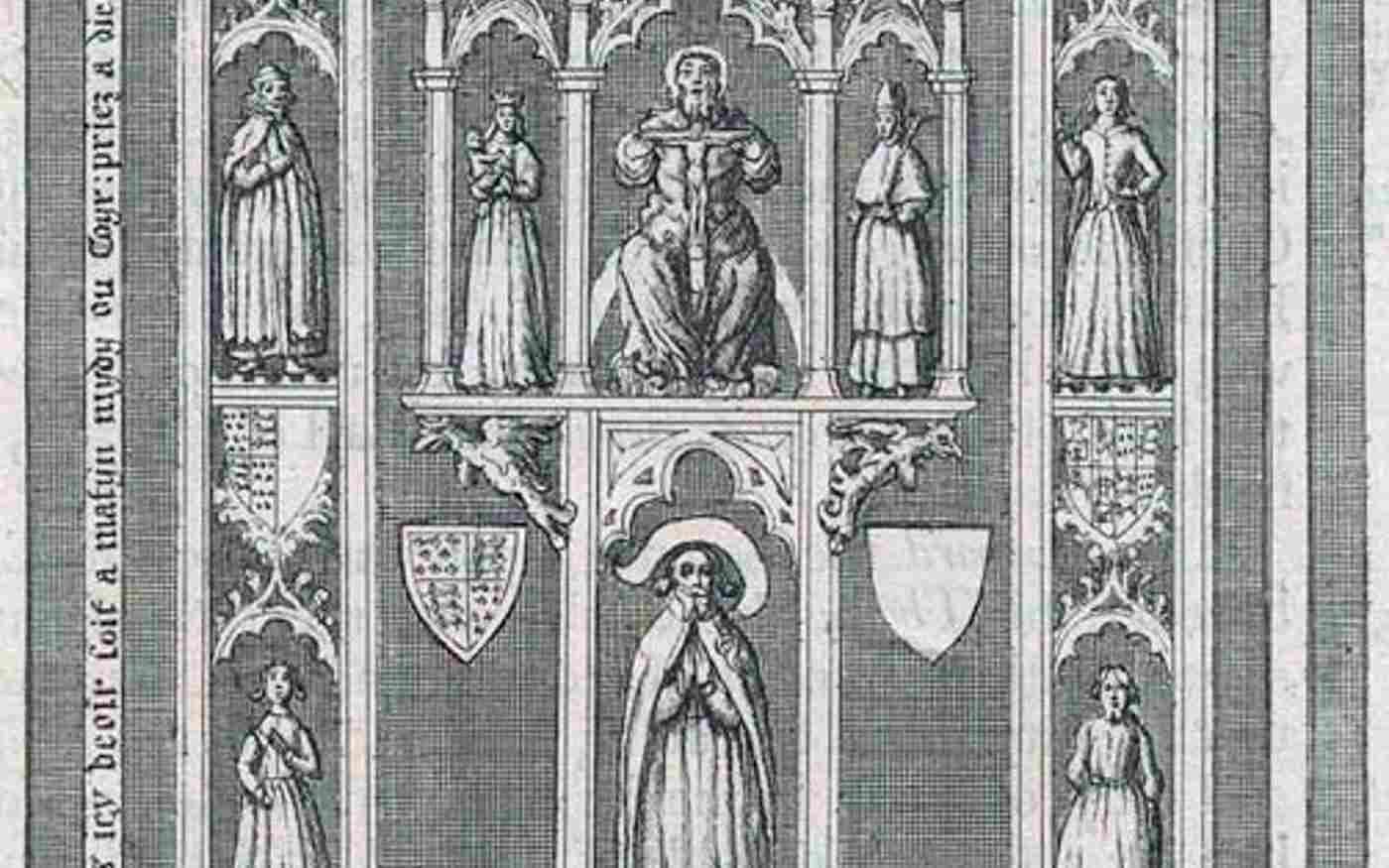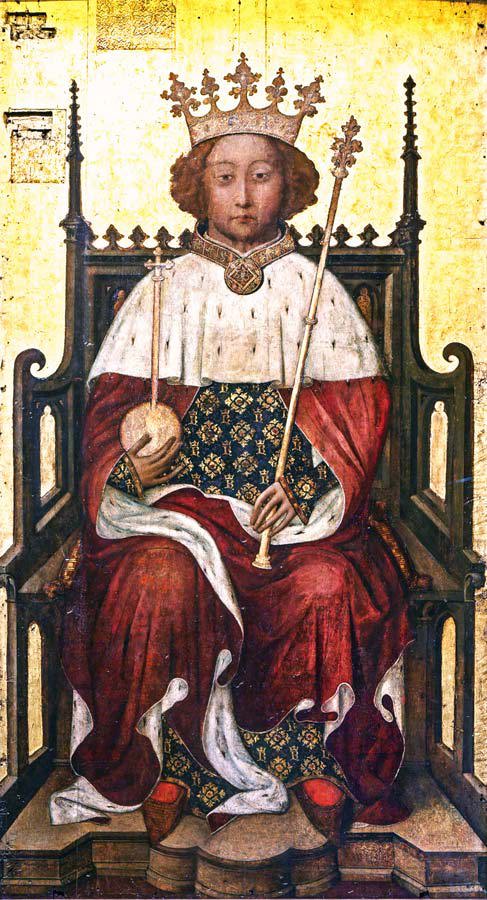Edward III and Philippa of Hainault
Edward, son of Edward II and Isabel, daughter of King Philip of France, was born at Windsor Castle on 13th November 1312 at 5:40am – he was the first English king to have the exact time of his birth recorded. Much of his reign was taken up with fighting in France, pursuing his claim to the French throne but he also brought about reforms in Parliament and founded the Order of the Garter at Windsor in 1348. During his reign the Black Death decimated the population of England.
His brother John of Eltham is buried in St Edmund's chapel. His sisters were Eleanor who married the Count of Gueldres and Joan who married King David II of Scotland.
Marriage
He married Philippa, daughter of William III, Count of Holland and Hainault, at York Minster on 24th January 1328. They had seven sons and five daughters (three of whom are buried in the Abbey). Their eldest son Edward of Woodstock, later called the "Black" Prince probably due to the colour of the armour he wore, died in 1376 and was buried in Canterbury Cathedral.
Coronation
His father was deposed and later murdered and Edward was proclaimed Keeper of the Realm in October 1326 and King in January 1327. In February he was crowned in Westminster Abbey by Walter Reynolds, Archbishop of Canterbury. Philippa's coronation took place a few weeks after their marriage.
Burial and funeral effigy
The king died of a stroke at Sheen Palace on 21st June 1377. His embalmed body lay there for about two weeks, draped in black cloth. A torch lit procession then accompanied the coffin to London, which first stopped at St Paul's cathedral for a funeral requiem and vigil. His funeral took place in the Abbey on Sunday 5th July and he was buried near his wife's monument in the chapel of St Edward the Confessor. A shield was given as an offering and could be the one still preserved at the Abbey.
The full length wooden effigy, which was carried at the funeral, is preserved at the Abbey and the face (a plaster mask fixed to the wood, slightly distorted on the left side of the mouth) is thought to be taken from a death mask. This is 5 feet 10.5 inches high and cut from one piece of walnut and hollowed out at the back. It originally had a beard, a wig and crown and a red velvet mantle. The separately carved hands have now gone and the feet are broken. It was damaged by water used to put out fires during the Blitz in 1941 and cleaned and conserved after the war.
Monument
On his Purbeck marble tomb is a gilt bronze effigy, with long hair and beard, which is possibly by John Orchard. It is thought the tomb was not constructed until nearly ten years after the king's death and there is very little documentary evidence about it. He wears his coronation robes and holds the handles of two sceptres (the rest being broken off). He has small buttons on his cuffs and decoration on his shoes. On the flat tomb top are niches, some of which still hold small gilt angels. The pillow below the king's head is a replacement from 1871 (given by Queen Victoria), the original having been lost. The lion at his feet (shown in an engraving of 1677) has now gone. His bones lie in the tomb chest.
The inscription can be translated:
Here is the glory of the English, the paragon of past kings, the model of future kings, a merciful king, the peace of the peoples, Edward the third fulfilling the jubilee of his reign, the unconquered leopard, powerful in war like a Maccabee. While he lived prosperously, his realm lived again in honesty. He ruled mighty in arms; now in Heaven let him be a king.
Originally there were bronze weepers (or statuettes) of his twelve children around the tomb but only six of these now remain on the south side, some with enamelled coats of arms below - Edward the "Black Prince", Edmund of Langley, William of Hatfield, Lionel Duke of Clarence, Mary of Brittany and Joan. Those that are now missing were to his children Isabel (who married Enguerrand, Lord of Coucy), William of Windsor, John of Gaunt, Blanche of the Tower, Margaret (or Margery)(who married John Hastings, Earl of Pembroke) and Thomas of Woodstock, Duke of Gloucester (whose wife Eleanor de Bohun is also buried in the Abbey).
Above the tomb is an elaborate wooden tester by Hugh Herland. The arches terminate in half-angels as pendants. The soffit has a rich ribbed vault of six bays with cusping and bosses carved with human and beast-heads, many of which are missing. Four large enamelled shields (showing the cross of St George and the arms of France and England quarterly) remain on the south side of the tomb chest.
A state sword, seven feet long, was traditionally associated with this king and was kept near his tomb for many centuries. Also a shield covered with canvas and black leather, now much mutilated.
During the 1914-1918 war the effigy was stored in the crypt of the Chapter House. Both effigy and tester were evacuated to a country house for safety during the Second World War.
Tomb dimensions in metres: length 2.90. width 1.35. height 1.70.
The funeral effigy, state sword and the shield are on show in the Queen's Diamond Jubilee Galleries
Philippa of Hainault
Philippa was born in 1314 and often accompanied Edward on his foreign expeditions. She is remembered for pleading successfully for the lives of the burghers of Calais who surrendered the town to Edward. She died at Windsor Castle on 14th August 1369. The king was devoted to her and spent about £3,000 on her tomb in the Confessor's chapel at the Abbey. The queen's alabaster effigy, by Hennequin (Jean) of Liège, is undoubtedly a portrait as it shows her plump figure and kindly face. She originally held the string of her cloak in one hand and a sceptre but the hands are now broken. She wears a reticulated head dress, tight bodice laced in front, buttoned sleeves and a loose cloak. Her bones lie in the tomb chest below the effigy.
The tomb has been much mutilated over the centuries and most of its decoration has disappeared and there is now no inscription. But this short Latin inscription was recorded in 1677, translated as "Queen Philippa. Wife of Edward lies here. Queen Philippa. Learn to Live" on the base below the shields. The railings which once protected the tomb on the south side were removed in the early 19th century.
Only two of the many weepers (statuettes) around her tomb still survive (the original scheme of figures is recorded in the Abbey's Liber Niger cartulary, together with statues above the tomb ie. St Louis (king), St Louis (bishop), St John the Baptist and St George). These weepers, including one thought to be Blanche of Lancaster holding her pet monkey, are protected by a grille. The headless one has the arms borne by Philippa herself below it. When the Chantry Chapel of Henry V was built this encroached on the eastern part of her tomb base and it was not until the mid 19th century that this end of the tomb was uncovered when masonry was chipped away.
Two shields of arms remain on the south side of the tomb, two are hidden at the east end and three are on the north side (behind the protective grille).
Tomb dimensions in metres: length 2.74. width 1.34. height 1.55.
The tomb was sandbagged for protection during the Great War and the effigy evacuated to a country house 1939-45.
Further reading
Queens Consort of Westminster Abbey
The Perfect King. The life of King Edward III by Ian Mortimer, 2006
The Funeral Effigies of Westminster Abbey edited by A. Harvey and R. Mortimer, 2003 revised edition.
Royal wooden funeral effigies at Westminster Abbey by S. Jenkins and K. Blessley, Burlington Magazine Jan. 2019 vol.161
The earlier royal funeral effigies: new light on portraiture... by R.P. Howgrave Graham in Archaeologia vol. XCVIII, 1961 [describing the conservation of the funeral effigy after the war]
The exequies of Edward III and the royal funeral ceremony in late medieval England by C. Given-Wilson in English Historical Review vol. 124 no.507, 2009.
The accounts for the funeral and effigy are in the National Archives at Kew, London. The Chronicon Angliae has an account of his death.
Gothic tombs of kinship, by A. Morganstern, 2000 (with plan of names of all weepers once round the tomb)
The history of the King's works vol.1 ed. by H.M. Colvin, 1963 (chapter XI, royal tombs and monuments)
Royal Monuments in the 19th century by John Physick in Church Monuments II, 1987
Gleanings from Westminster Abbey by Sir G.G. Scott, 1863 p.64-5 (he found parts of her tomb in a museum)
A genealogical history of the kings of England... by F. Sandford, 1677 (shows her crown, the beast at her feet and more of the shields)
Oxford Dictionary of National Biography 2004
The reign of Edward III by W.M. Ormrod, 2000
A mid 19th century reconstruction of one end of Philippa's tomb, by Samuel Cundy, is at the Victoria & Albert Museum in London.
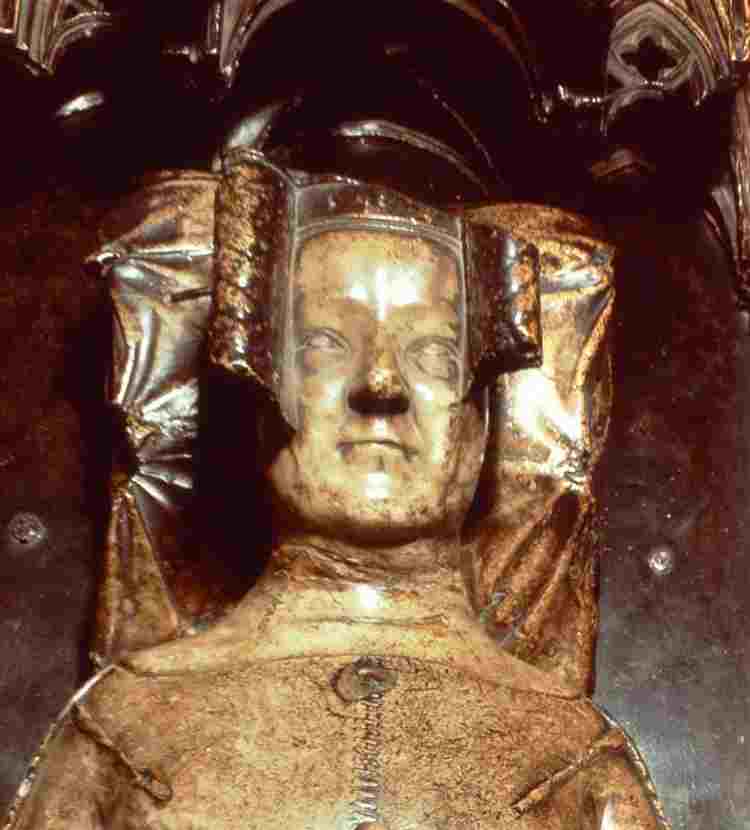
This image can be purchased from Westminster Abbey Library
Image © 2026 Dean and Chapter of Westminster
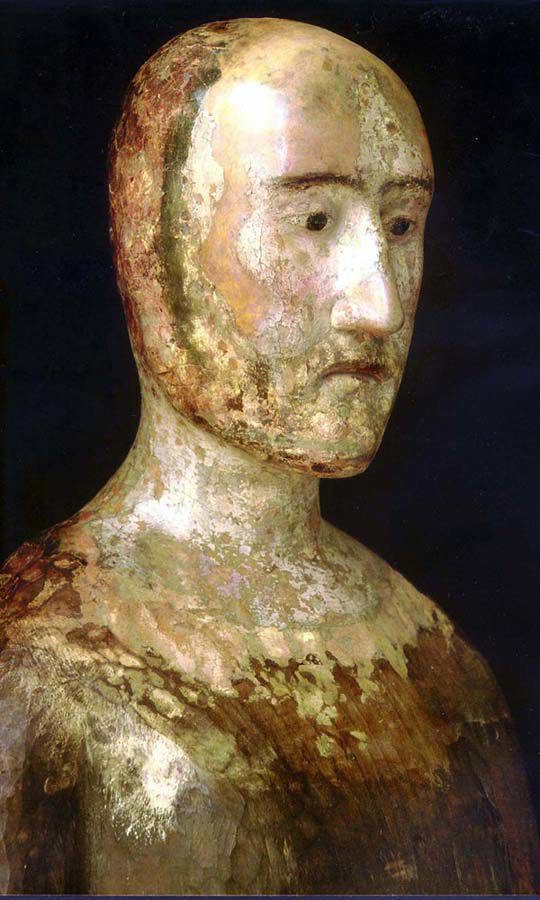
This image can be purchased from Westminster Abbey Library
Image © 2026 Dean and Chapter of Westminster
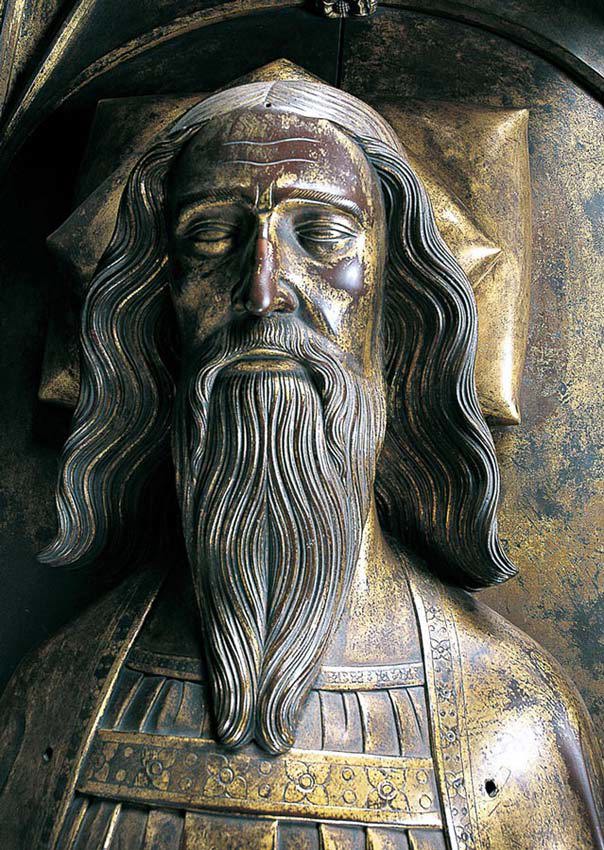
This image can be purchased from Westminster Abbey Library
Image © 2026 Dean and Chapter of Westminster
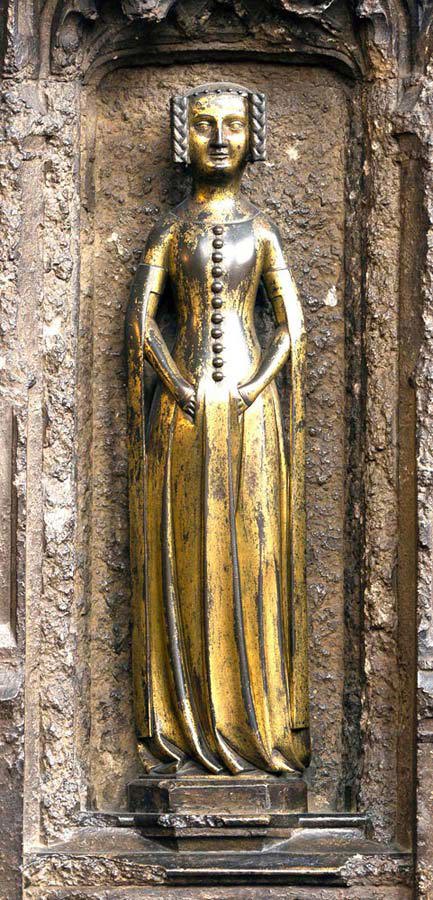
This image can be purchased from Westminster Abbey Library
Image © 2026 Dean and Chapter of Westminster
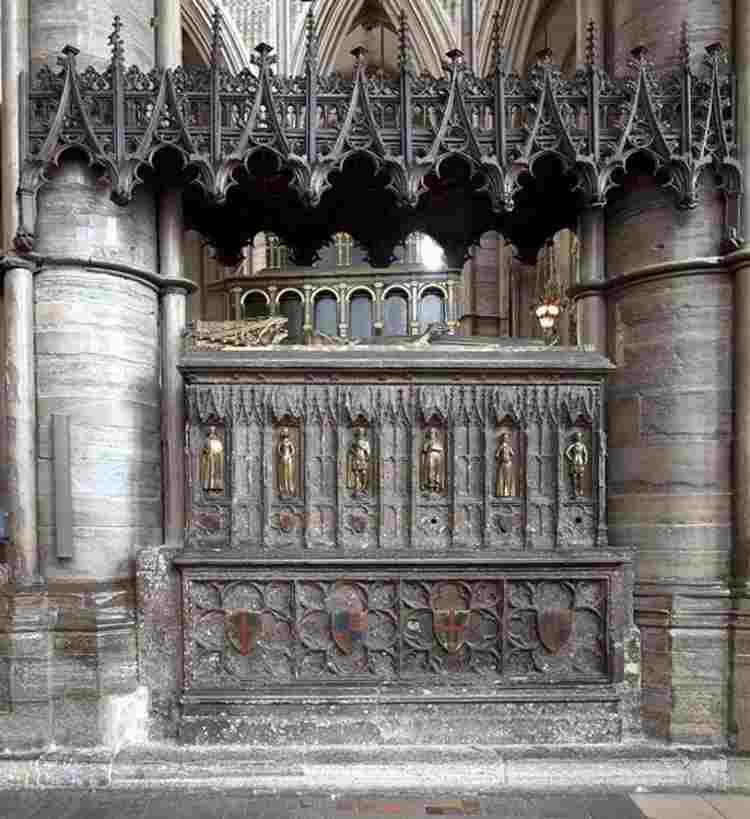
This image can be purchased from Westminster Abbey Library
Image © 2026 Dean and Chapter of Westminster
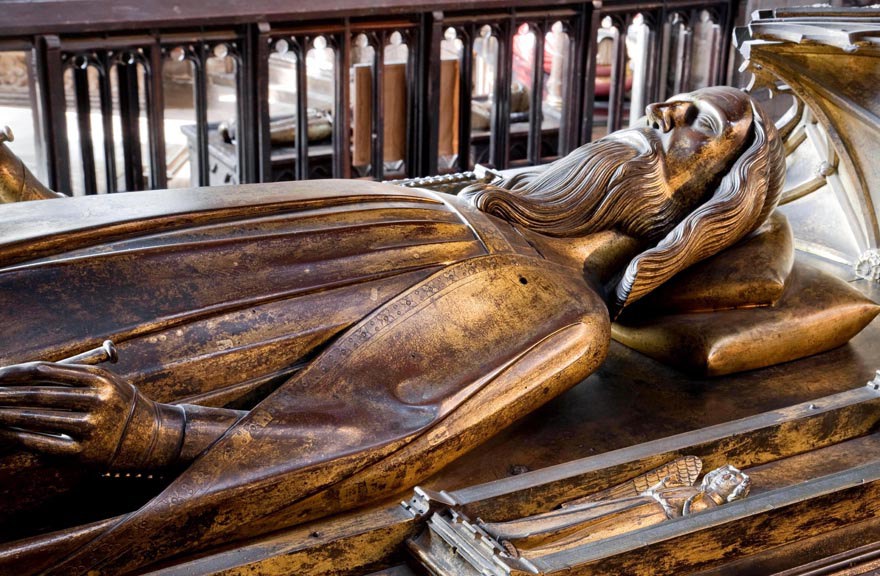
This image can be purchased from Westminster Abbey Library
Image © 2026 Dean and Chapter of Westminster
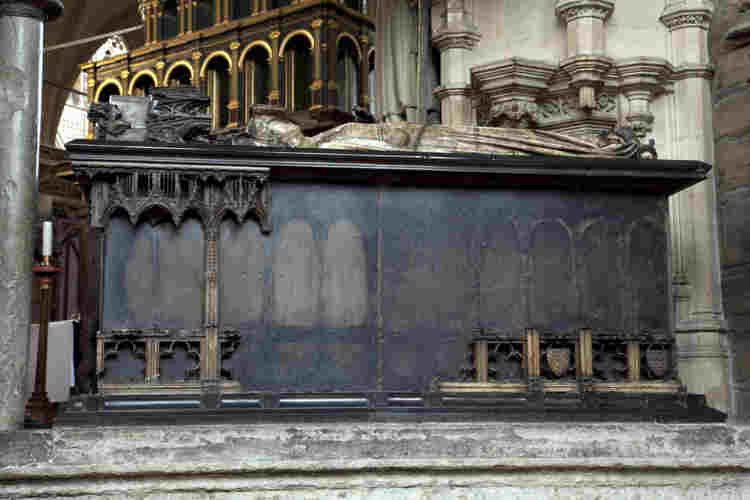
This image can be purchased from Westminster Abbey Library
Image © 2026 Dean and Chapter of Westminster
